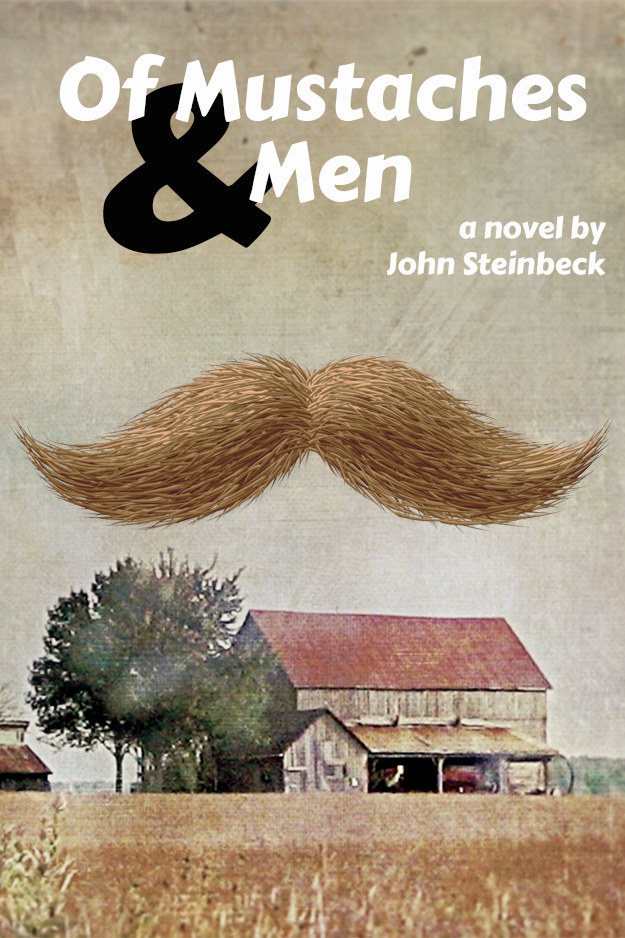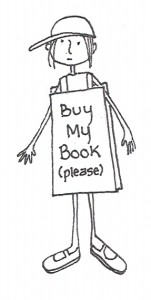While I was procrastinating further on writing the pitch for Community Klepto tonight, I decided to go through my Twitter list of publishing people. It’s a list that I’ve been building ever since I joined Twitter, which Twitter tells me was 7 years ago, so most of the accounts I’ve followed on that list about about as old as I am, in Twitter years. As I opened profile after profile, URL after URL, I had waves of mixed emotions as I saw the following:
- 404 Not Found
- Domain for sale
- We have ceased operations
- We are no longer accepting new submissions
I admit that between switching careers and giving birth to two children on the same day, I haven’t kept up with all the happenings in the publishing industry like I maybe should have; but at the same time, I think I can outline the trajectory of the 7 year Kelly’s-Twitter-publisher-list timeline easily enough:
- E-books happen. Some publishers resist all changes. Others pop up looking to cash in early.
- E-books gain popularity. Some publishers still resist all changes. Others adapt and innovate. Shitty books get self-published.
- E-books soar. Some of the publishers who resisted all changes die. Some who adapted and innovated succeed, some don’t. More shitty books get self-published. Readers start to realize most of the free books they downloaded are shitty.
- E-books sales to fall off. The resistors shout that they were right, even as they continue to publish marketable turd sandwiches. Authors of shitty books stop making money on their shitty books. Some of the innovative co-op ventures find they are no longer viable.
- Hipsters make physical books cool again. Resistors decry TOLD YA SO. Everyone else is saying Now what?
Now what. Some publishers have died horrible deaths because they refused to innovate. Some died because they were counting on a fad to sustain its growth indefinitely. This is a sad but predictable reality. Some of weathered the storms, adapted where they needed to, and are doing really cool things now. This makes me happy and excited to see what’s next.
I’m not going to go so far as to say that e-books were a fad. I mean, I still read them so they must be cool, right? And I like the papercut and smell of an old book as much as the next hipster. But in a world where evolving technology is changing every industry, publishing is not immune. Their battles for market share aren’t over, even if the e-book is losing ground. The future may be uncertain, but I am certain that as more traditional publishers broaden their horizons (and re-open their wallets), it’s a good time for me to be diving back in.
Leave a Comment

